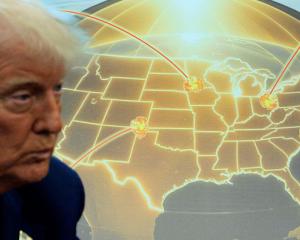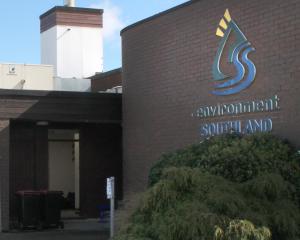
With the Greater Christchurch area expected to need 77,000 more houses over the next 30 years, the Waimakariri district’s population is likely to top 100,000 by 2053.
The present population in the Waimakariri district is around 70,000.
Waimakariri District Council development planning manager Matt Bacon said it was difficult to predict how many people will move to the district and where they will choose to live.
‘‘We have gone away from specific numbers and locations and now we’re looking at different scenarios.
‘‘We do housing numbers almost on an annual basis.’’

While the Woodend / Pegasus area was expected to top 10,000 by 2053, the wider Waikuku, Pegasus, Woodend and Pegasus Bay area was expected to reach 12,500 people by 2033 and 15,000 people by 2043.
Mr Bacon said population projections are based on a calculation of births, deaths and net migration.
‘‘With regards to migration, I understand the figures are largely influenced by National Immigration Policy settings and are the primary driver of population growth.’’
Where to house the extra people was a challenge as councils wanted to avoid an ever expanding urban sprawl and taking up quality farmland, while drainage was an issue in some areas.
Strategy, engagement and economic development general manager Simon Hart said staff were thinking about ‘‘where the numbers will go when they hit Waimakariri’’.
The Ravenswood sub-division was already up to stage five of the planned six stage development, while other sub-divisions were filling up fast.
The recently opened up Bellgrove sub-division in Rangiora ensures there was no shortage - for now, Mr Bacon said.

But even when planning was put in place, Mr Bacon said there was is always a lag between approval and a new sub-division being divided up.
Future development could be urban infill, while the passing of the Resource Management (Enabling Housing and Other Matters) Amendment Act in December 2021 made it possible to sub-divide sections for up to three housing units and building up to three storeys in the main urban areas.
‘‘The market for intensification will be limited, so there is a big difference between what the plan enables and what actually happens,’’ Mr Bacon said.
He says Townsend Fields (Rangiora) was offering average sized lots of about 600 to 700 square metres, even though smaller lot sizes were allowed.
‘‘They will offer what they believe the market is telling them,’’ Mr Hart added.
‘‘So we need to be conscious of what is attracting people to Waimakariri, is it high density housing or larger sections?’’
By David Hill
Local Democracy Reporter
■ Public interest journalism funded through New Zealand on Air.













